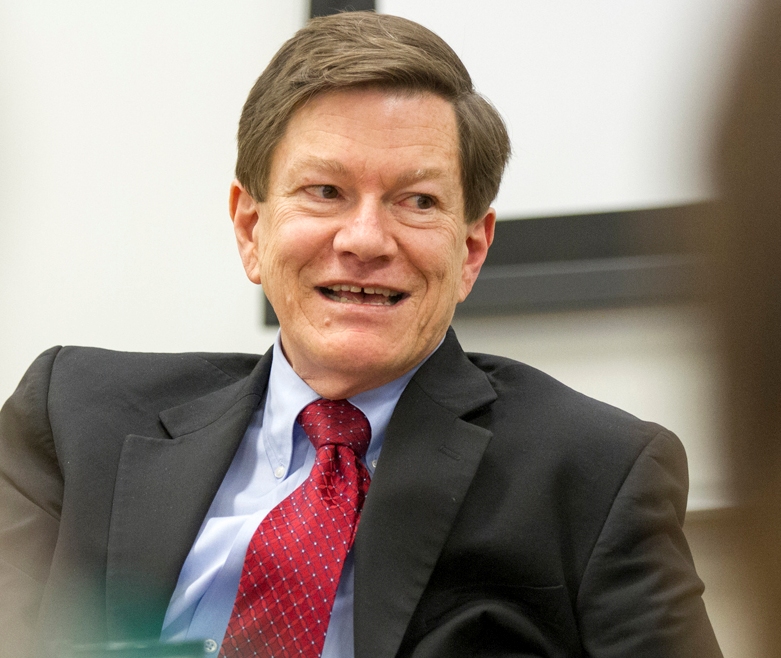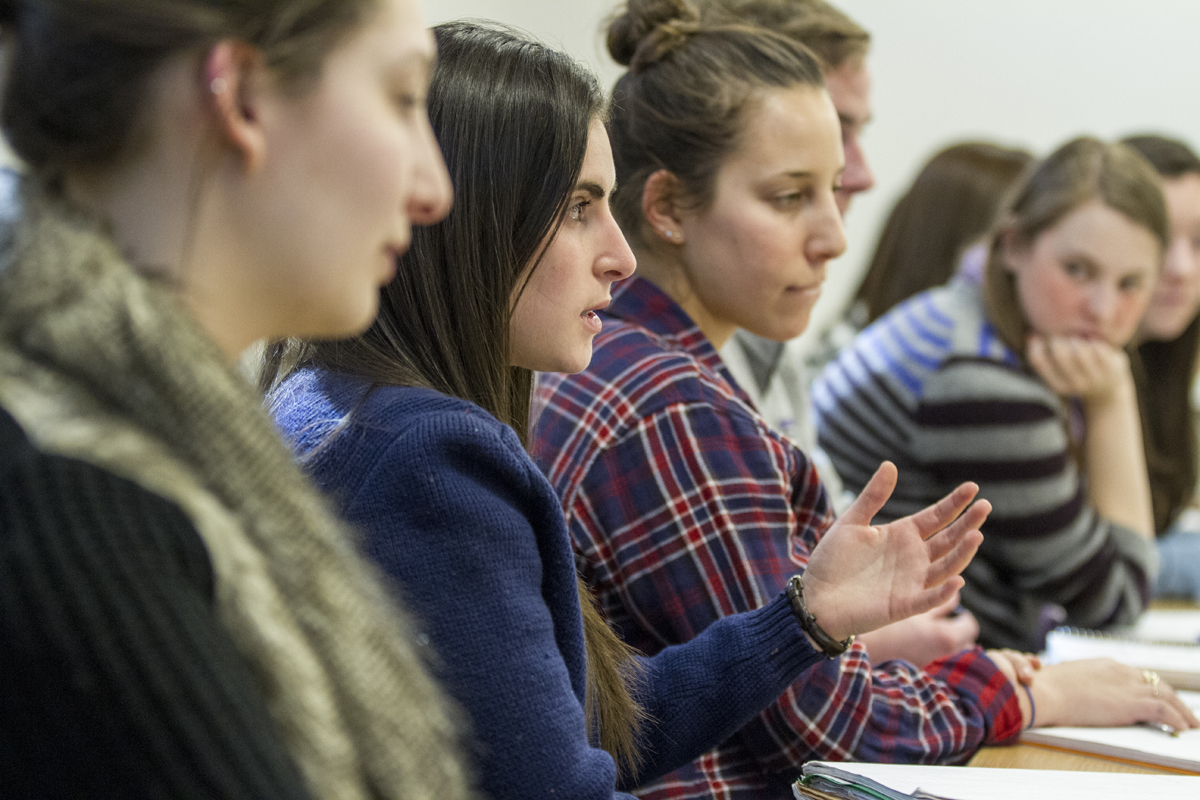Central Asia poised for a larger world role, U.S. diplomat says
From crossroads to backwater to buffer states, the five landlocked nations of Central Asia have played a variety of roles in the last millennium, a former U.S. diplomat said in an address here yesterday.
Today, said John Ordway, Kazakhstan, Uzbekistan, Tajikistan, Turkmenistan and Kyrgyrstan are again attracting attention from the world’s rich and powerful nations but this time with the potential to control their own destinies.
Ordway, the U.S. Ambassador to Kazakhstan from 2004 to 2008, gave a 90-minute presentation titled “The Great Game in Central Asia Revisited.” His visit was sponsored by the office of the president and the department of international relations.
Central Asia served for centuries as a major trade route connecting East Asia with Europe, Africa, Persia and West Asia, Ordway said. It lost this status five centuries ago when ships replaced caravans as the main means of world trade.
The “great game,” said Ordway, referred to the jockeying for power by Russia and Great Britain in Central Asia in the early and mid-19th century. Russia’s territorial expansion into Central Asia caused Britain to build alliances in an effort to safeguard its colony India to the south.
Today, he said, the major powers vying for influence in Central Asia are Russia, China and the United States. They are drawn to the region for its natural resources—Kazakhstan has major reserves of oil, is the world’s number-one producer of uranium and exports wheat, while Turkmenistan has large deposits of natural gas—and its geopolitical significance.
Russia’s “psychological” interest
Russia’s interest in Central Asia, said Ordway, can almost be described as psychological, as the five nations were part of the Soviet Union until it broke apart in 1991.
“I call this a ‘post-empire traumatic stress syndrome.’ Many Russians today, especially the elite, feel very acutely the loss of the Soviet empire. This makes them determined to maintain access and influence in the former Soviet republics.”
Russia also seeks to protect the Russian minorities that live in each of the Central Asian republics. It has large investments in the region, and it uses Central Asian immigrants as “cheap labor,” Ordway said, often in construction projects.
“Russia has also built and controls most of the roads, railroads and gas and natural oil pipelines in the region,” he said, “and it is intent on preserving this transportation monopoly.”
China has more recently begun to invest heavily in Central Asia and is especially interested in importing the region’s oil and natural gas. Recent ethnic and religious violence between Han Chinese and Muslim Uighurs in the western Chinese province of Sinkiang have prompted China to keep a watchful eye on the Uighur minority living in Kazakhstan, Ordway said.
U.S. should stress inclusion, not exclusion
The U.S. has become a major trade partner and investor in several of the Central Asian republics, Ordway said. American farmers sell breeding cattle to Kazakhstan, while three large oil companies—Exxon, Chevron and Conoco—have major investments in that nation. And students from Central Asian nations are beginning to attend American schools. Meanwhile, the U.S. military departure from Afghanistan scheduled for 2014 has raised concerns in the region over a resurgent Taliban and possible growth in terrorism.
The U.S. is ideally positioned to play a major role in Central Asia, Ordway concluded.
“Our distance is a big advantage for us. Central Asia has a recent history of being expanded into. Clearly, we’re not going to march in and take over. And because we are not on the border, it is useful for the five nations to engage us as they look to balance out the Russians and the Chinese.
“Finally, the U.S. is admired by the rest of the world in ways that other countries—Russia, China, Iran, Turkey, even Europe—are not. Our system of education, our technological innovation and our thriving entrepreneurship are very attractive to Central Asia.”
As it shapes its policies toward Central Asia, however, Ordway said, the U.S. should not seek dominance for itself or for either of the other two major powers. Instead, it should push for a kind of equal-access policy.
“It cannot be a question of either or. It should be a matter of both and.”
Ordway, a career diplomat with the U.S. Foreign Service and State Department, has also served as U.S. Ambassador to Armenia and as deputy chief of mission at the U.S. embassy in Moscow.
His presentation in the STEPS building was moderated by Henri Barkey, department chair and professor of international relations.
Before his presentation, he was introduced by Lehigh President Alice P. Gast, who met Ordway in her capacity as U.S. science envoy to Central Asia and the Caucasus, a position to which she was appointed in 2010 by former U.S. Secretary of State Hillary Clinton.
In addition to his talk, Ordway met for one hour each with two groups of students. A discussion with Lehigh’s United Nations youth delegates and Eckardt Scholars was facilitated by Bill Hunter, director of international outreach and Lehigh University representative to the United Nations. A question-and-answer session with seniors in two Global Studies seminar classes was facilitated by Jack Lule, director of the Global Studies program, and program professors John Jirik and Steve Salerno.
Photos by Christa Neu
Posted on:



